Villa Séviac
Gallo-Roman luxury country house
Aristocratic residence from the Gallo-Roman era
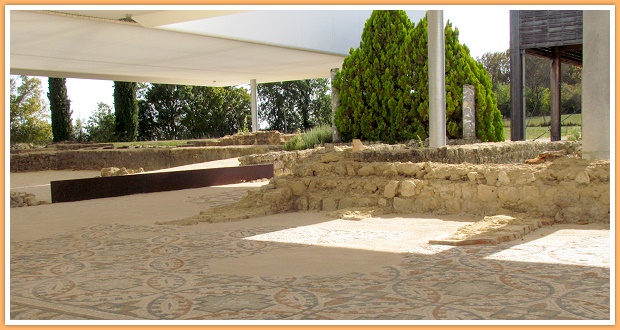
The archaeological site of the Villa Séviac was first discovered by a farmer in 1864 but it took until the 1970's that the site was being explored in more detail by an archaeological dig conducted by a group of volunteers, in summertimes sometimes up to 40 people. The Villa Séviac was an aristocratic residence dating back to the 4th century Gallo-Roman times and is located about 14km north of Eauze which was called 'Elusa' in Gallo-Roman times.
Villa Séviac: famous for its magnificent mosaic floors
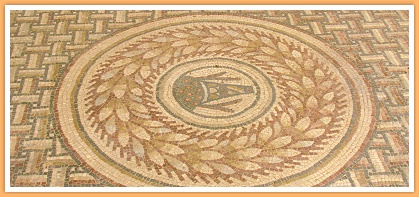 The archaeological digs unearthed the remains of a typical Roman villa built around a squared garden flanked by galleries and columns. The villa was extended with a splendid grand bath house and most floors were decorated with beautiful mosaics in amazing shapes and patterns.
The archaeological digs unearthed the remains of a typical Roman villa built around a squared garden flanked by galleries and columns. The villa was extended with a splendid grand bath house and most floors were decorated with beautiful mosaics in amazing shapes and patterns.
Currently, not much is left of the original walls and buildings and only few parts of the ancient columns remain. But many of the amazing mosaics have been restored in their original splendour making the Villa Séviac a great touristic highlight in Gascony.
Rise and fall of the Villa Séviac
Originally, a farm built in 50 BC stood on a small elevated plateau amidst agricultural land surrounding the village of Elusa. In the year 130 during the flourishing times of the Roman Empire construction started to replace this farm by a villa.
By the year 380 the villa became a grand aristocratic spacious dwelling with
- marble decorations,
- intricate mosaic floors,
- painted mural frescoes,
- many impressive (and sometimes heated) rooms,
- a mausoleum
- and even an elaborated bath house
providing ostentatious luxury. The villa was inhabited by wealthy landowners showing off their wealth to visitors.
In the 6th century the villa underwent major transformations and was drastically reduced in size. The villa lost its grand splendour and impressiveness and eventually fell into decay fell and it was deserted and abandoned.
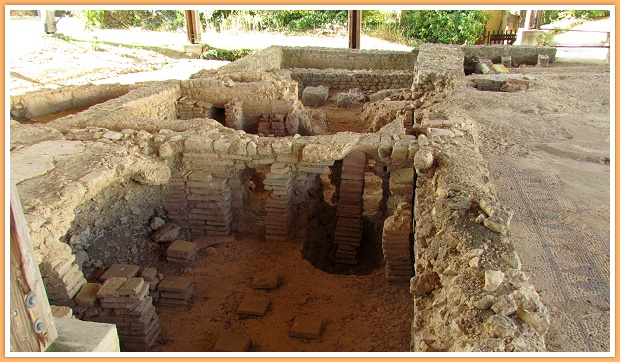
Remnants of the bath house in Villa Séviac
Visit archaeological sites and museums in and around Eauze
Today, combination tickets are available for tourists to visit the Villa Séviac as well as entry to the Domus of Cieutat, another archaeological site around the old railway station in Eauze, and to the Arcaheological Museum «Le Trésor d´Eauze» in Eauze which houses a large collection of coins and many other artefacts from the Gallo-Roman period.
More information about the Villa Séviac: www.elusa.fr.
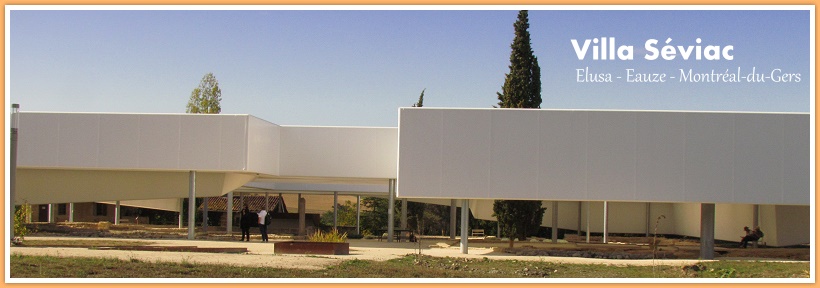





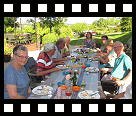
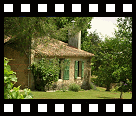




 page
page